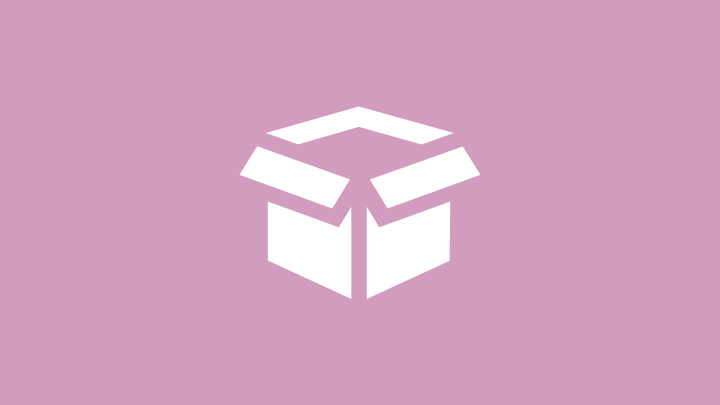 SqualorJolie Kerr is a cleaning expert and advice columnist. She’ll be here every week helping to answer your filthiest questions. Are you dirty? [Email her.](mailto:joliekerr@gmail.com)
SqualorJolie Kerr is a cleaning expert and advice columnist. She’ll be here every week helping to answer your filthiest questions. Are you dirty? [Email her.](mailto:joliekerr@gmail.com)The other day I caught myself, mid-sentence, saying these very seasonal words to some friends, “Maybe next weekend I’ll make a big pot of chili and have you all over for football.” Then my tan faded immediately from my skin and my feet turned to ice blocks because there is no truer indication that summer is over than the first “maybe I’ll make chili” day. So, okay. Here we are, officially in fall, and we could heave and sigh over it or we could embrace it for its charms: Sweater Weather, football and, yes, chili.
But with chili comes a problem: The long cooking time naturally lends itself to burnt-on food getting, well, burnt on to the bottom of your chili pot. However! I am in the solution business and so today we shall cover the solution to this very burnt-on problem. Actually two of them, because I’m a giver.

Baking soda is AMAZING at cleaning pots and pans, which is great because it’s cheap and also because most households already have a box of the stuff stashed somewhere. It’s especially effective when paired with a Dobie Pad, which is a non-scratch scrub sponge.
The Scotch-Brite scrub sponges are also great, but they can leave scratches, especially on stainless steel cookware. Now, you might not be bothered by that (I’m of the opinion that pots and pans don’t need to appear factory new, but I also understand the desire for pristine-looking cookware) but if you do want to avoid scratching, opt for the Dobie over the Scotch-Brite.
There are two different ways to use baking soda to tackle burnt-on food, both are good, but one lends itself to more egregious scorched pot situations than the other.
Advertisement
If you have a pot that has a bit of burnt-on food and the kind of staining that comes from general usage, use the baking soda as a scrubbing agent. Add a small amount of water to the bottom of the pot, get your sponge wet and sprinkle a liberal amount of baking soda either in the pan or on the sponge. Then: Scrub. This technique is even more effective if you get the pot slightly warm before you scrub, just be mindful not to burn your hands.
For more serious scorch marks and burnt-on foods, a more passive approach, one that will save you a lot of elbow grease, is the better solution. Here’s what you’ll do: Cover the bottom of the pan with baking soda, fill it about a third of the way up with water, put it on the stove and bring the whole shebang to a boil. Then, let the water cool, transfer the pot to the sink and use your scrub sponge of choice to scour the pot. The burnt-on food should come right up! After scrubbing, dump the baking soda solution and wash the pot as usual with hot soapy water.

Years ago, I had lunch with some of the OxiClean people who were trying to woo me into writing about their product, which was silly because I was already an OxiClean evangelist. The spirit of Billy Mays lives within me!
ANYway. During that lunch, the subject of unusual uses for Oxi came up and they confessed to me, in hushed tones, that their favorite unofficial use is to clean enameled cast iron dutch ovens like the ones made by Le Creuset or Staub.
Advertisement
The idea behind using Oxi is pretty much the same as the baking soda boil I described. Sprinkle some Oxi in the pan, fill it about a third of the way up with water — more if the sides of the pot are badly stained, but not too full since you’ll be boiling it up — and bring it to a boil. Remove it from the heat, let the water cool, move it to the sink, give it a scrub, dump the solution and wash the pot very well with hot soapy water to remove the OxiClean residue.
Oh right and! For this operation, you’ll want the OG Oxi, not one of the more specialized formulas.













